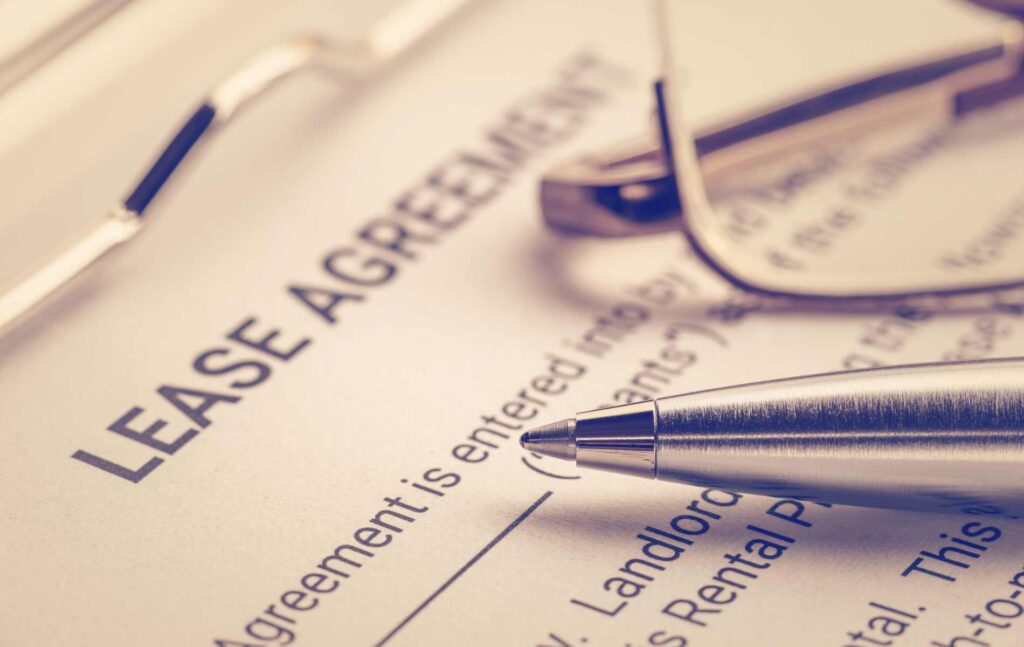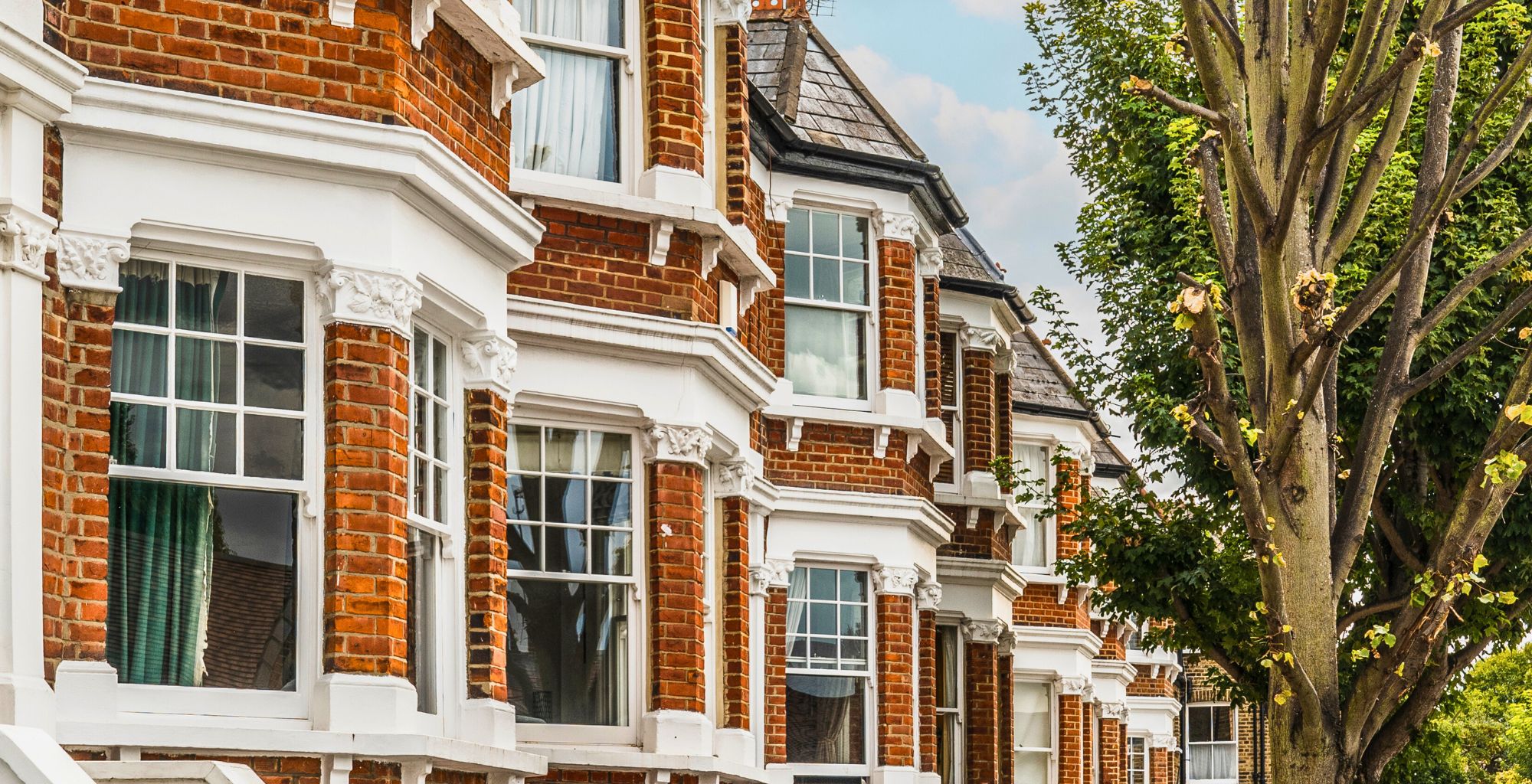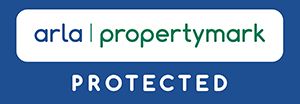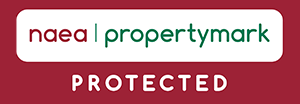Buying a leasehold property is one of the three most common types of tenure in London, alongside freehold and share of freehold.
Freehold means you own both the property and the land outright. Leasehold means you own the home for a set period of time, while the land and building structure are owned by a freeholder.
Share of freehold usually applies to flats, where the leaseholders jointly own the freehold – this typically offers more control over management.
Leasehold properties, particularly flats, are widespread in London. So if you’re on the hunt for an apartment in London it’s highly likely you’ll be considering buying a leasehold property – here’s what you need to know.
What a lease actually means
A lease is a contract between the leaseholder and the freeholder. It sets out how long you can live in the property and what conditions you’ve agreed to.
Most leases are fairly long, typically 99, 125, or even 999 years when first granted. But if the term is getting shorter, it can have a real impact on value and mortgage options.

Key leaseholder responsibilities
As a leaseholder, you’ll usually be responsible for:
- paying ground rent (though this no longer applies to new long leases)
- contributing to service charges, which cover building maintenance, insurance, and management
- sticking to the conditions in the lease, such as whether you can make alterations, keep pets, or sublet
When buying a leasehold property it’s worth you or your solicitor asking to see the last few years of service charge accounts to get a sense of running costs and whether any major works are planned.
Your rights
Alongside responsibilities, you also have rights. You’re entitled to know who your freeholder is, to see how service charges are being spent, and in some cases, to challenge charges you think are unreasonable. You also have the right to extend your lease or, in certain circumstances, buy a share of the freehold with other residents.

Why lease length matters
The number of years left on a lease is one of the most important things to check when buying or selling a leasehold property. Homes with long leases – typically 90 years or more – usually achieve full market value and attract a wide range of buyers.
Once a lease dips below 90 years, its impact becomes noticeable. Buyers may view the property as less attractive, and lenders can be more cautious. The critical threshold is 80 years. Below this point, extending the lease becomes significantly more expensive and buyers often factor that into negotiations.
When leases fall into the 70s, the challenges increase further. Properties can become difficult to mortgage and may only appeal to cash buyers, which reduces demand and places downward pressure on the property’s value.
How does lease length affect property value?
The number of years remaining on a lease is one of the biggest factors influencing a property’s value. Homes with longer leases, generally 90 years or more, tend to achieve full market value and attract a broad range of buyers.
Once a lease dips below 90 years, however, its impact becomes noticeable. Buyers may start to see the property as less attractive, and lenders can become more cautious.
Below 80 years extending the lease becomes more costly and buyers may factor this into negotiations. When leases drop further, into the 70s, they often become much harder to mortgage, limiting the pool of potential buyers and placing downward pressure on the property’s value.
When should you extend your lease?
Timing is key when it comes to lease extensions. If your lease is comfortably above 90 years, there’s usually no urgency, though it’s sensible to keep an eye on it.
Once the term falls between 82 and 90 years, extending sooner rather than later helps preserve both value and mortgage options. Properties with 80 to 82 years left are in a sensitive zone: acting quickly avoids the complications and extra costs that arise once the lease slips below 80 years.
For leases already under 80 years, extending becomes a priority. While it may still be possible to sell, the process is typically trickier, and buyers are likely to negotiate a lower price to reflect the cost of extension.
How do you extend a lease?
Extending your lease can be done in two main ways: the statutory route or an informal negotiation. Both can be effective, but they differ in process, timescale and the level of protection they give you.
- Statutory extension
- A structured, legally protected route (available if you qualify).
- Extends a flat lease by 90 years and reduces ground rent to zero.
- Involves serving a formal notice, appointing a valuer, and working with a solicitor.
- Takes several months and incurs professional fees, but gives certainty and clear legal rights.
- Informal (negotiated) extension
- Agreed directly with the freeholder.
- Can sometimes be faster or more flexible.
- Terms may be less favourable, such as higher ground rent or shorter extensions.
- Always take professional advice before committing.
Whichever path you choose, it’s important to weigh up the long-term benefits as well as the upfront costs. A well-structured extension can safeguard your property’s value and make it easier to sell in the future.

Selling with a short lease versus a long lease
The length of the lease can also shape how easy it is to sell your property. A long lease – 90 years or more – presents no issues: buyers see it as straightforward, lenders are comfortable, and the property sells in line with the wider market.
Selling with a short lease is more challenging. Buyers may reduce their offers to reflect the cost of extending, and some lenders may refuse to provide a mortgage, which narrows the buyer pool.
To make the process smoother, sellers have a few options. Extending the lease before marketing often delivers the best results. Alternatively, you can start the extension process and assign the notice to the buyer on completion, giving them a head start.
Costs to factor in
Beyond your mortgage and purchase price, you’ll need to budget for:
- Service charges: ongoing maintenance and management costs.
- Ground rent: usually a small yearly payment but always check how and when it increases.
- One-off contributions: for major works such as roof repairs or lift replacements.
Questions to ask when buying a leasehold property
When buying a leasehold property, make sure you (or your solicitor) ask the following questions:
- How many years are left on the lease?
- What are the annual service charges and ground rent?
- Are there any major works planned?
- Who manages the building, and do they have a good reputation?
- Are there restrictions that might affect you (pets, alterations, renting out the property)?
Buying a leasehold property
Leasehold properties can be great homes and solid investments, provided you go in with your eyes open. Understanding the lease length, the ongoing costs and the rules you’ll need to follow will help you make an informed decision.
If you’re considering buying a leasehold property and would like tailored advice, our team is always happy to guide you through the details and help you spot the right questions to ask; get in touch.





